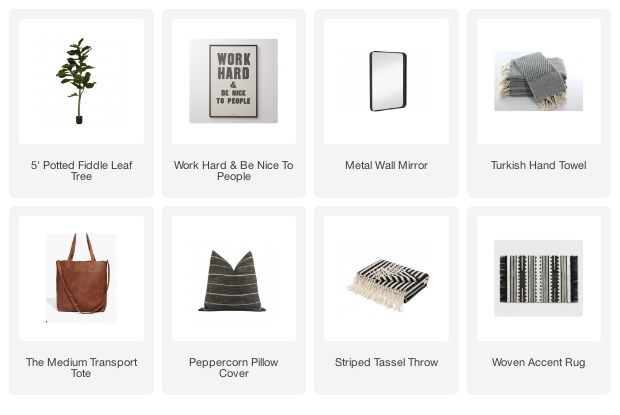A curated collection of original vintage dog sketches makes the perfect art gallery wall!
I've slowly been making a few decor updates to our dining room and I'm excited about this latest update!
Earlier this year, I planned a few changes to our dining room. I swapped the green velvet curtains for a lighter alternative and replaced the 80% wool rug with a durable easy-to-clean Harlequin Ruggale rug.
Finding the perfect vintage table and light fixture has been a slower process. I have, however, finally found enough original dog pencil sketches to start my gallery wall!
I scoured every online auction in the United States looking for vintage dog sketches. I was very particular with what I was looking for, requiring each piece to be a pencil sketch and original art.
Many of the dog sketches I bought were signed, numbered, and dated, which was a huge bonus!
TIPS FOR CREATING A VINTAGE GALLERY WALL
1. Stick to a color scheme or theme (landscapes, animals, florals, travel, seascapes)
2. Vary the size and orientation of the artwork
3. Hang an odd number of pictures
4. Distance artwork 2-3 inches apart
5. Be patient and take your time collecting just the right pieces
SUPPLIES NEEDED TO HANG A GALLERY WALL
1. Vintage Art Collection (Auctions, vintage markets, antique stores, Etsy, eBay)
2. Brown kraft paper (or similar paper large enough to trace frames)
3. Ruler or Tape Measure
4. Small Nails (screws and drywall anchors for large and/or heavy art)
5. Hammer
6. Pencil
7. Tape (scotch tape, painters tape, or masking tape will work)
8. Scissors
9. Command Strips or Glue Dots (optional)
STEPS TO HANG ART WITH WIRE
Step one: Make Paper Templates
Lay each frame on the brown paper, trace, and then cut out paper frame templates.
Budget-Friendly Tip: Thrift stores often sell rolls of wallpaper and wrapping paper that are cheap alternatives to craft paper.
Step two: ARRANGE FRAMES ON FLOOR
The hardest part of creating a gallery wall is determining the layout and placement of each frame. The stress of this step can be drastically reduced by laying each piece of art on the floor before committing to the wall. This will allow you to easily move, arrange, and rearrange art until you are happy with the gallery wall layout.
STEP THREE: TAPE PAPER TEMPLATES TO WALL
Once happy with the artwork layout, it's time to recreate the arrangement on the wall using the paper frame templates. Move the templates to the wall one at a time, measuring and keeping the distance between each frame equal and 2-3 inches apart.
STEP FOUR: MEASURE WIRE
Most vintage artwork is hung with wire rather than hooks or hangers and needs to be carefully measured for accurate wall placement.
First, find and mark the center of each frame. This can be done by measuring and then dividing the length by two or drawing a diagonal line from the top left corner of the frame to the lower right corner and from the top right corner to the lower left corner. The center point is where the two diagonal lines intersect.
Once the center of the frame is marked, pull the wire from the center marking up toward the top of the frame. Measure the distance from the top of the wire to the top of the frame and make another mark. This marking is the measurement of where you will put a screw or nail for hanging.
Measure and mark the corresponding paper templates for each frame.
STEP FIVE: HANG FRAMES
Are your frames lightweight or are you installing a screw or nail into a stud? If so, hammer a nail through each paper template where you previously marked.
Carefully remove the paper, leaving the nail or screw behind in the wall.
Hang your frame!
If your gallery wall is in a high-traffic area such as a living room, hallway, or along a staircase wall consider adding Command Strips or Glue Dots behind each frame to keep them straight and secure to the wall.
TIP: If your frames are extra large or heavy, it's best to install drywall anchors or use expanding screws to create a more secure connection for hanging.
GET THE LOOK
I absolutely love my "new" vintage dog sketch gallery wall! I plan to add more vintage sketches as I find them, but I couldn't wait to hang the ones I already collected.
Next up for this space are new chairs, a scrubbed pine table, and a new light fixture.
















.png)




Thanks SO MUCH for your many great ideas! I love your blog and design ideas.
ReplyDeleteAn idea I once was given by my secretary was amazing. In order to keep pictures level and not going askew, trey putting rolled up pieces of masking tape on 2 or more corners. It really works great. We currently live near railroad tracks and doing this to pictures is a massive time-saver as we don't have to constantly level pictures on our walls.